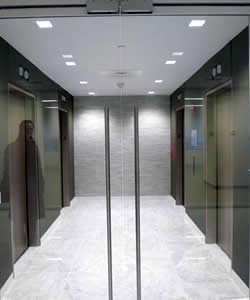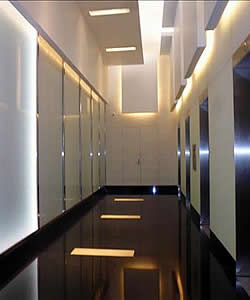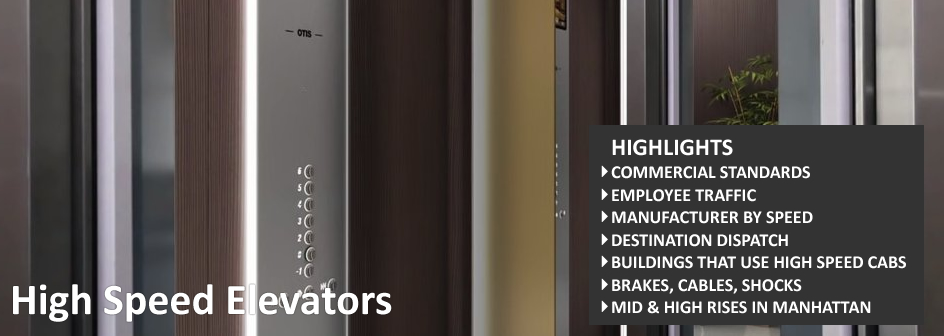High Speed Elevators
High-Speed Elevators: The Future of Vertical Transportation
Commercial elevators provide efficient, reliable, and safe transportation in office buildings. According to Nielsen Research, the average elevator ride lasts 76 seconds, with employees taking an average of four to six rides per day. In skyscrapers and high-rise office buildings, high-speed elevators are essential, transforming vertical mobility and enhancing tenant convenience.
As architect Barr Ferree once said,
“Vertical architecture would be impossible, first of all, without the elevator.”
Architectural Evolution
✔ New Technologies – Modern elevators use destination-dispatch systems, which optimize traffic flow by grouping passengers traveling to the same floors, reducing stops and improving efficiency.
✔ Higher Speeds – Leading high-speed elevator models reach over 3,000 feet per minute, cutting travel times in high-rise buildings.
✔ Improved Comfort & Safety – Advanced air pressure control systems prevent ear discomfort, while shock absorbers reduce vibrations for a smoother ride.
✔ Energy Efficiency – Lighter materials like aluminum and carbon fiber have replaced traditional designs, reducing wind resistance and power consumption.
Notable High-Speed Elevators Around the World
🚀 Taipei 101 (Taiwan) – Holds the record for the fastest operational elevator at 1,010 meters per minute (3,313 ft/min).
🏙 Shanghai Tower (China) – Features Hitachi ultra-high-speed elevators reaching 1,200 meters per minute.
🏢 Empire State Building (New York City) – Uses Otis high-speed elevators, with staff controlling the ascent.
🏗 Original World Trade Center (NYC) – Introduced the first express elevators with stops at dedicated “sky lobbies” on floors 44 and 78.
Key Components
✔ Brakes – Enhanced safety systems with reinforced braking components ensure smooth, controlled stops.
✔ Cables – Stronger, lighter support cables allow for faster speeds, while high-powered motors compensate for increased length and weight.
✔ Shocks & Vibration Control – Laser-calibrated rails with oil-filled dampers absorb movement, ensuring a stable and quiet ride.


Summary
As skyscrapers dominate city skylines, high-speed elevators have become a necessity rather than a luxury. The latest advancements in elevator speed, efficiency, and comfort continue to redefine office mobility.
🚀 Looking for an office in a building with high-speed elevators? We have comprehensive data on all Manhattan properties with modern elevator systems to match your needs. Contact us today—no obligation, no fees!
